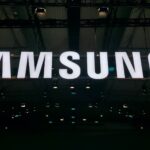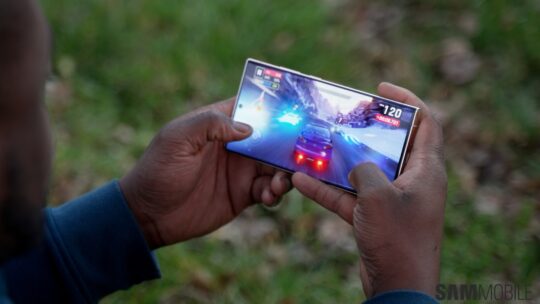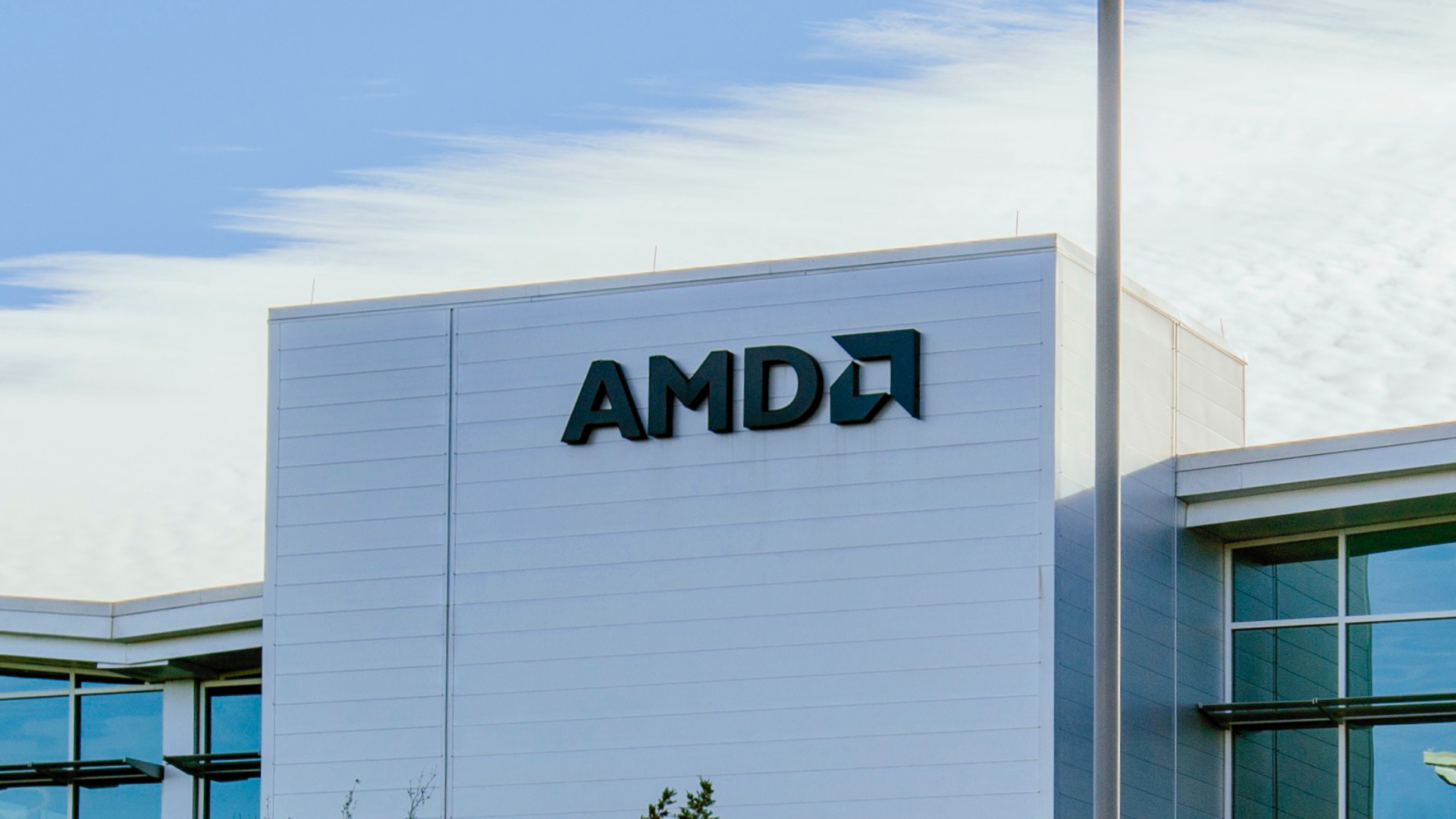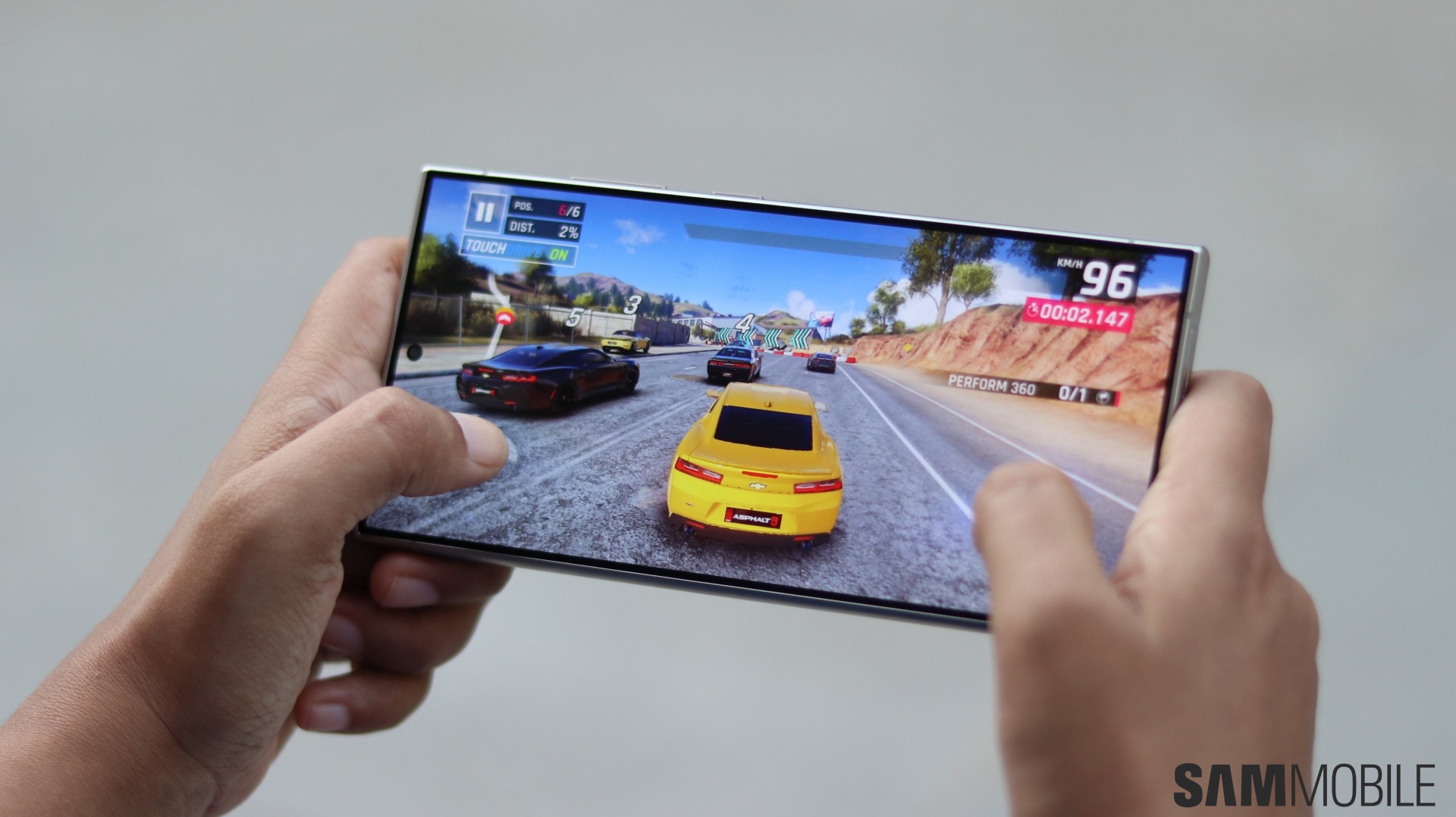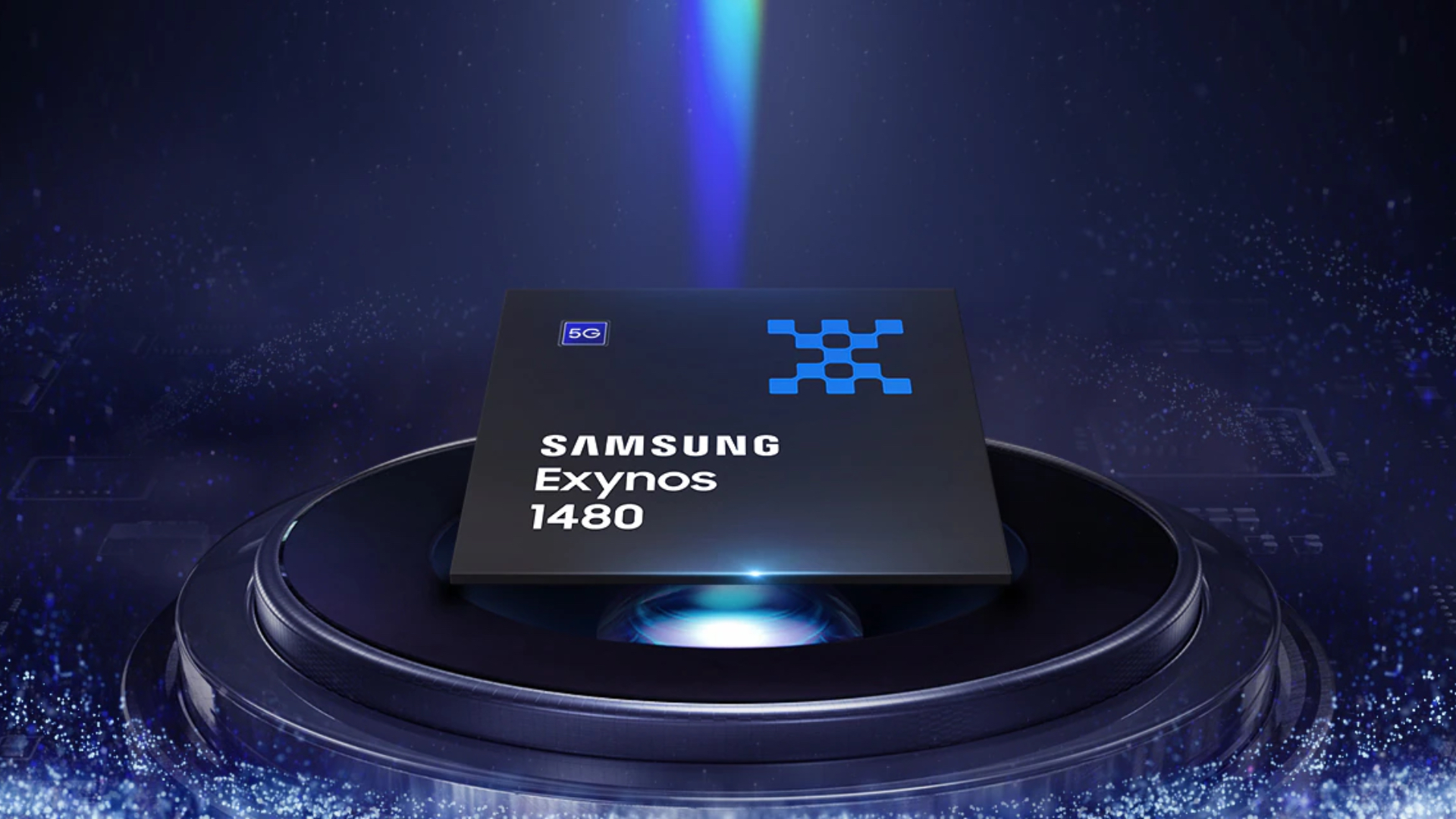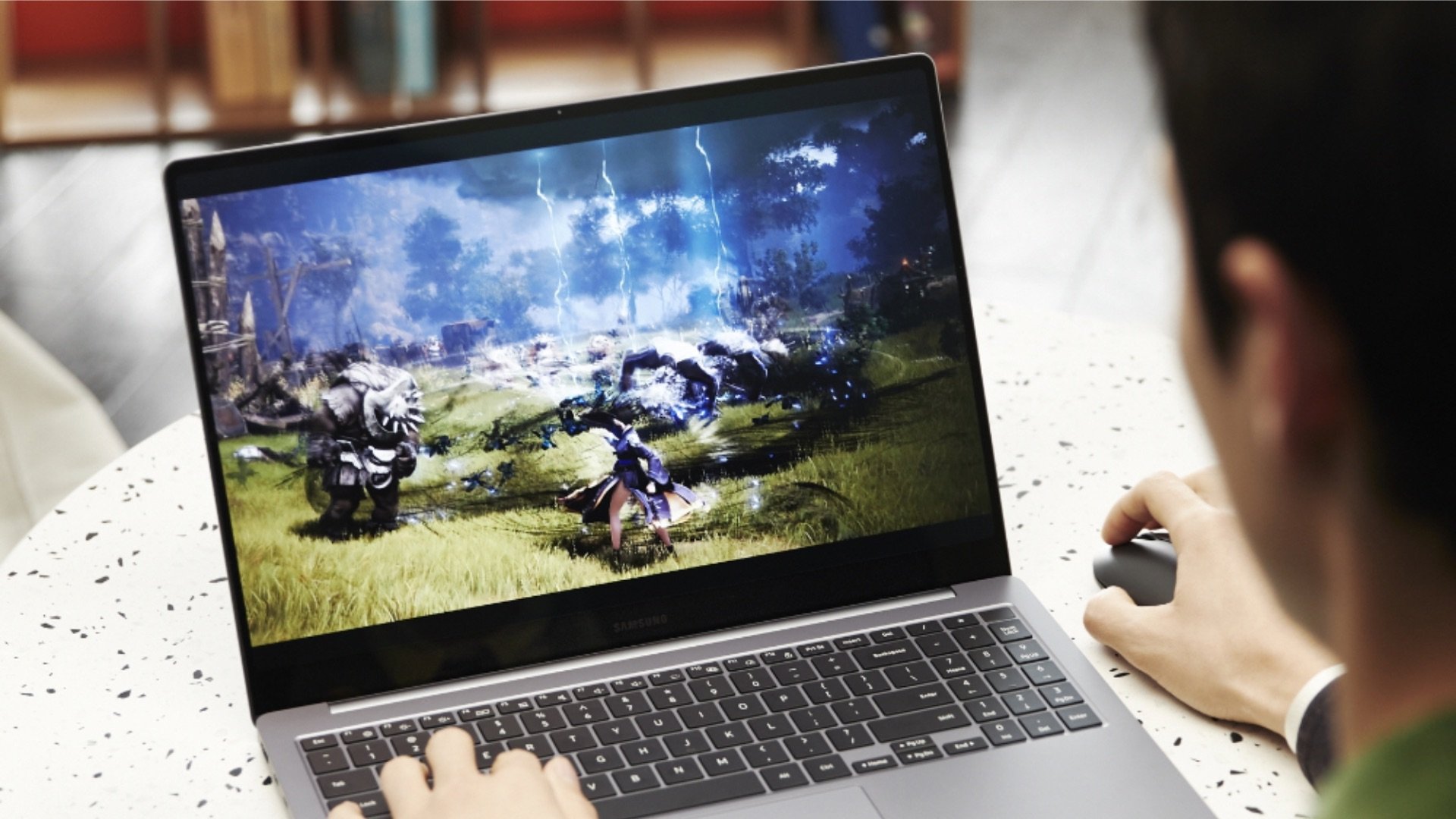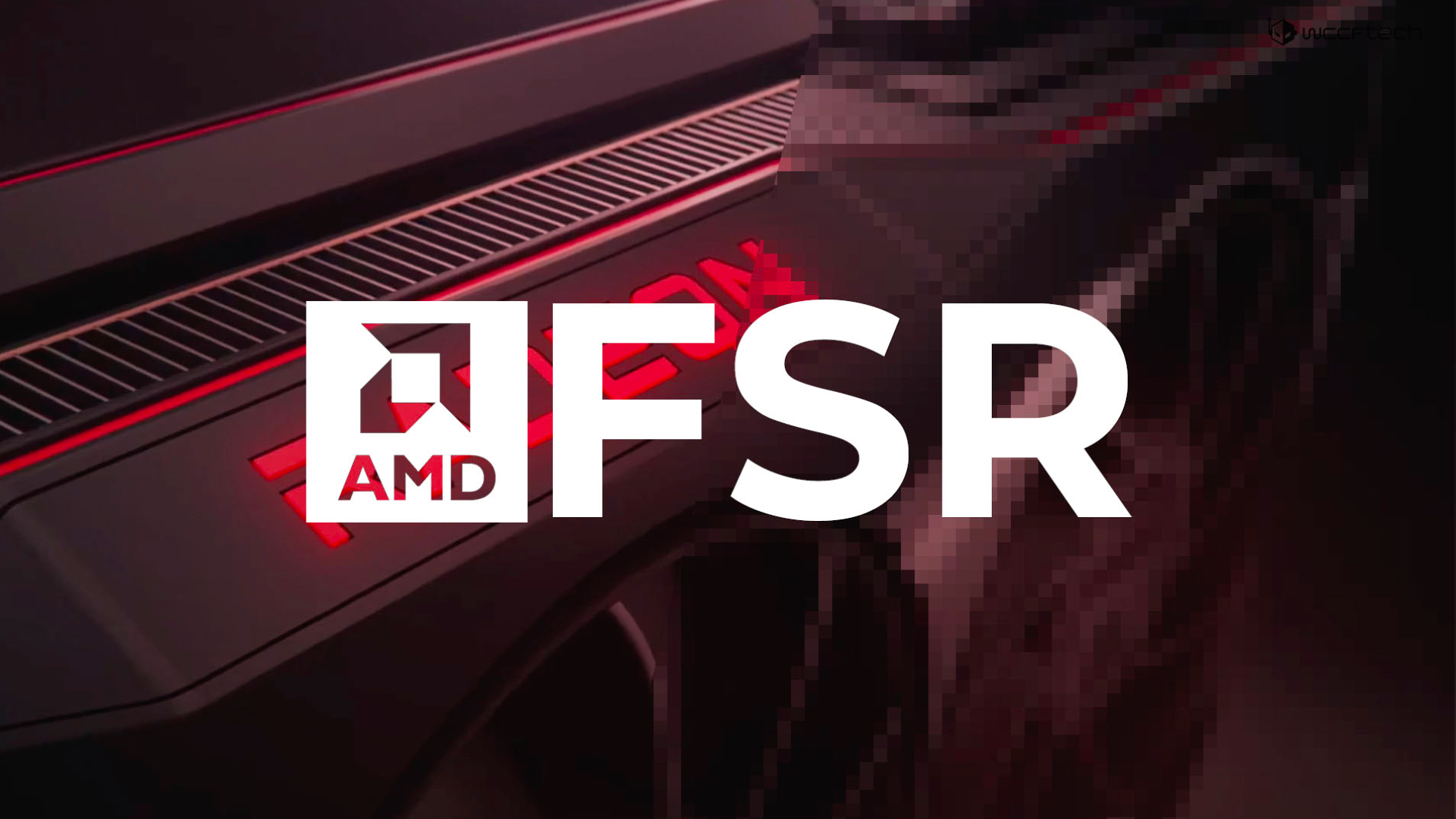
Galaxy S24 could feature AMD's FSR feature for smoother raytracing games
According to a report from AjuNews (via @Tech_Reve), Samsung has joined hands with AMD and Qualcomm to jointly develop FSR (FidelityFX Super Resolution). The feature is expected to come to the company's next-generation flagship smartphone, the Galaxy S24. This technology renders a game's graphics at a lower resolution to improve frame rates and then uses AI to upscale the resolution. This way, you get higher frame rates at the cost of a slight downgrade in graphics details. FSR aims to compete with Nvidia's DLSS (Deep Learning Super Sampling), which is currently the industry's leading spatial upscaling technology for PC games.
Combined with FSR and higher graphics firepower compared to the previous generation, the next-generation mobile chips can offer satisfying gaming performance even with raytracing turned on. Raytracing is a graphics rendering technique that traces the path of light from a light source in the game to recreate lifelike reflections and shadows. This technology offers more immersive and realistic graphics compared to conventional rasterization. However, it needs a lot of computing power, which is where most mobile chips falter. Raytracing can bring down even the most powerful GPUs to their knees. So, it can be assisted by frame-generation technologies like DLSS and FSR to offer smoother frame rates.
Apple A17 Pro and Qualcomm Snapdragon 8 Gen 3 already feature raytracing, but combined with features like MetalFX Upscaling and FSR (Qualcomm calls it GSR or Game Super Resolution), mobile devices can actually run games with raytracing elements at decently smooth frame rates. The Galaxy S24 uses either Exynos 2400 or Snapdragon 8 Gen 3, depending on the country. Since the Snapdragon 8 Gen 3 already features GSR, it is possible that the Exynos 2400 also has a similar AI-powered frame upscaling feature.
Author's Note: Nvidia's DLSS is the best spatial upscaling technology right now, and FSR hasn't been able to match DLSS over the past couple of years. DLSS' AI-powered upscaling offers more details than FSR. So, it remains to be seen how well FSR is implemented in mobile chips and how many game developers actually implement FSR-like technologies in their games. Without proper support, the presence of raytracing and frame upscaling won't matter much.

